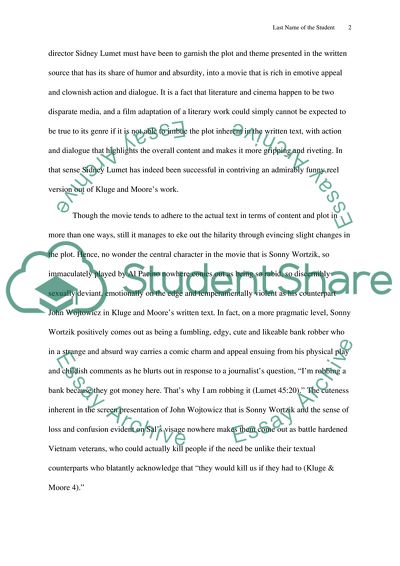Cite this document
(“Dog Day Afternoon: A Humorous Take on the Original Source Movie Review”, n.d.)
Dog Day Afternoon: A Humorous Take on the Original Source Movie Review. Retrieved from https://studentshare.org/visual-arts-film-studies/1628443-textual-analysis-essay
Dog Day Afternoon: A Humorous Take on the Original Source Movie Review. Retrieved from https://studentshare.org/visual-arts-film-studies/1628443-textual-analysis-essay
(Dog Day Afternoon: A Humorous Take on the Original Source Movie Review)
Dog Day Afternoon: A Humorous Take on the Original Source Movie Review. https://studentshare.org/visual-arts-film-studies/1628443-textual-analysis-essay.
Dog Day Afternoon: A Humorous Take on the Original Source Movie Review. https://studentshare.org/visual-arts-film-studies/1628443-textual-analysis-essay.
“Dog Day Afternoon: A Humorous Take on the Original Source Movie Review”, n.d. https://studentshare.org/visual-arts-film-studies/1628443-textual-analysis-essay.


